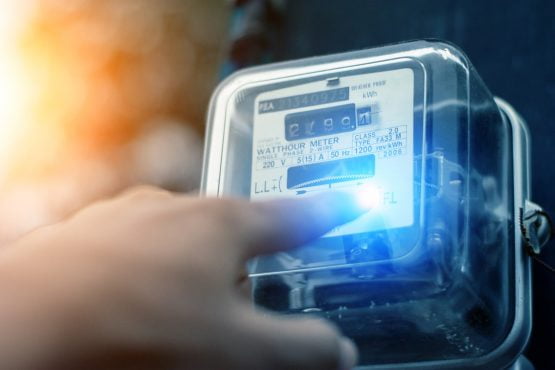New tariff methodology available for comment at end of April.
In a discussion document published on its website, energy regulator Nersa is proposing an average increase of 7.47% in municipal electricity tariffs from July 1.
For the coming financial year, it proposes the continued use of the historic method of tariff setting by providing a guideline to municipalities of the percentage increase to be implemented compared to existing tariffs, as well as tariff benchmarks for different costumer categories.
Moneyweb earlier reported that Nersa is facing two legal challenges to this methodology.
An application by a number of intensive users in Madibeng to set aside Nersa’s approval of the municipality’s industrial tariffs for the past several years was postponed indefinitely in the High Court in Pretoria on March 24 after the court heard argument on some technical points.
In another matter the business chambers of Nelson Mandela Bay and Pietermaritzburg are challenging Nersa’s decision last year to use the same methodology to set municipal tariffs.
Nersa is opposing both applications.
During a recent meeting of Nersa’s electricity sub-committee Nomfundo Maseti, one of the most experienced regulator members, conceded that this practice falls short in terms of the law.
She took Nersa officials to task for failing to develop timeframes to move to compliance.
In a carefully worded sentence, the discussion document concedes that the current guideline and benchmark methodology “does not explicitly show the relationship between the licensee’s cost structures and its tariffs”.
It explains that Nersa would have preferred to use what it calls activity-based costing and marginal costing. This would be an extension of the new tariff methodology it wanted to use for the determination of Eskom’s tariffs for the current financial year.
Eskom however obtained a court order on the basis that the methodology was not yet ready and got a reprieve for one year.
In line with the court ruling, Nersa says it cannot use this methodology yet. It also needs data from municipalities to go this route and is therefore developing such data templates for future use.
Nersa also deals with the possible use of Eskom’s retail tariffs as a benchmark for municipalities. This is in line with a proposal the regulator made two years ago, saying then that it may use Eskom’s cost where municipalities failed to submit cost-of-supply studies.
At the time this was welcomed by some business chambers, but Nersa eventually reverted to the guideline and benchmark methodology.
It now says Eskom’s tariffs are indicative of only Eskom’s cost and are therefore not an appropriate benchmark for municipalities.
The regulator hopes to receive more compliant studies in the coming financial year and says it will implement a drive towards proper cost-of-supply data in parallel with the guideline and benchmark methodology.
It emphasises that the planned adoption of a new methodology in the next financial year will not do away with the need for proper cost-of-supply studies.
In calculating the municipal guideline, Nersa uses the following financial indicators:

Source: Nersa
Maseti during the sub-committee meeting also questioned why municipalities are allowed up to 12% electricity losses when the benchmark is 10%.
The chair of the meeting, full-time regulator member for electricity Nhlanhla Gumede, questioned the failure of municipalities to collect outstanding revenue and insisted that consumers should not pay for poor collections rates.
According to the performance indicators collection rates as low as 85% are however acceptable.
Nersa then calculates the guideline as follows:

Source: Nersa
It further asks for comment on tariffs it has developed for small-scale embedded generators, mostly rooftop solar photovoltaic, using the proposed guideline increase and Eskom’s Megaflex tariff minus 20%.
Stakeholders are requested to submit written comment by April 22 and Nersa hopes to finalise the guideline and benchmarks by May 11. Due to time pressure, there will be no public hearings on the matter.
Thereafter municipalities must submit their tariff applications. Those applications that exceed the guideline will be submitted to a public hearing on June 8 and Nersa hopes to finalise all municipal tariff determinations by June 15 for implementation on July 1
